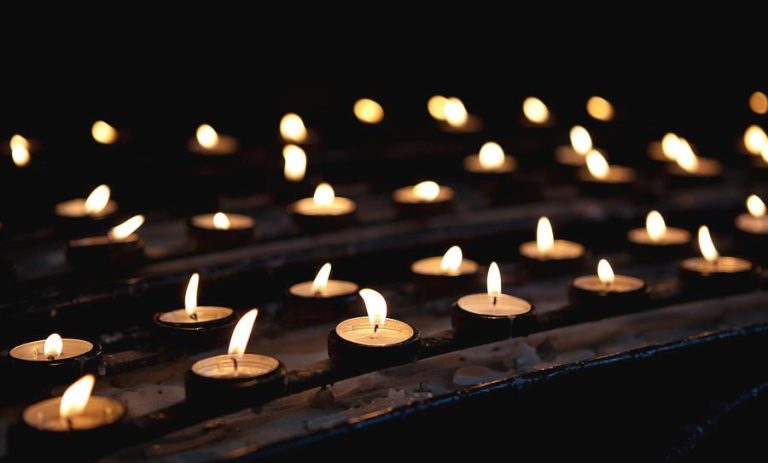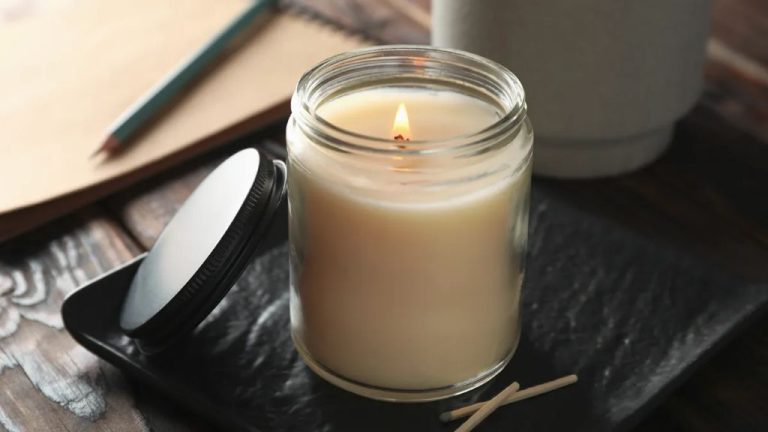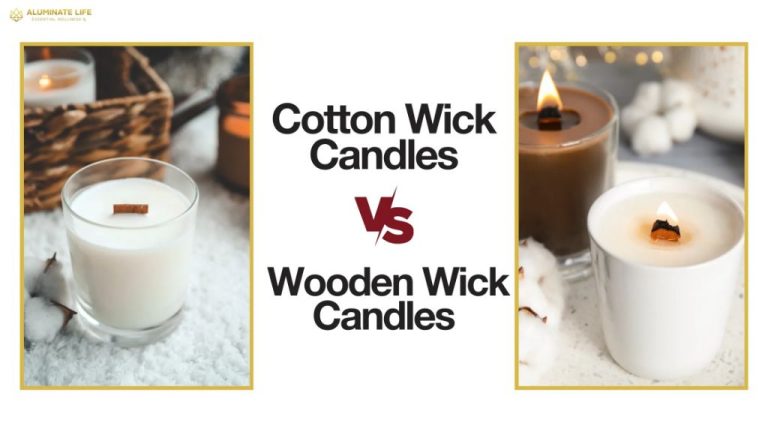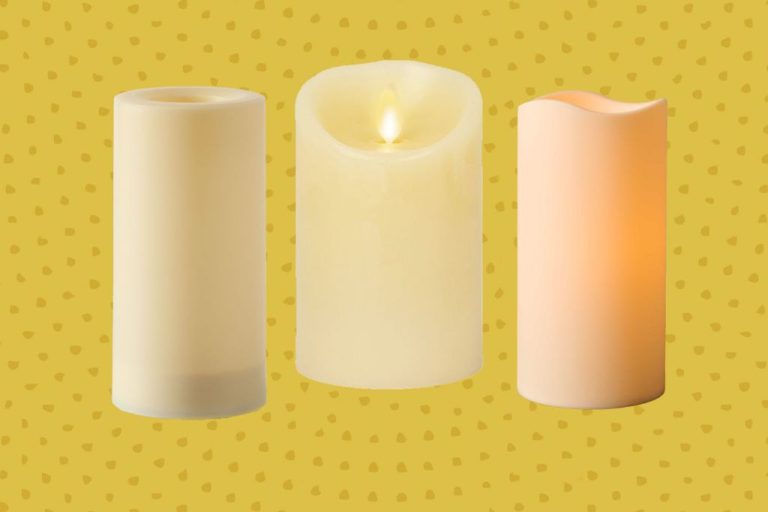What Candles Burn At The Lowest Temperature?
Low temperature candles, also known as low-melt point candles or warmers, burn at temperatures lower than regular paraffin wax candles. These special candles melt at temperatures between 120-135°F, whereas regular candles burn at temperatures around 150-170°F. Low temp candles are made from waxes with low melting points like beeswax, soy wax, palm wax, or specially formulated paraffin blends.
In recent years, low temperature candles have grown in popularity due to their versatility and safety. Since they burn cooler, they can be used for things like warm massage oils, wax play, aromatherapy, and safe dripping over skin. Their lower melting point also makes them ideal for keeping warm without the fire hazard of regular candles. With caution, low temp candles can be a sensual and engaging experience.
This article explores the most common low temperature waxes, their properties, proper safety precautions, and creative uses for low-melt candles, providing readers with a helpful overview of this candle niche.
Beeswax
Beeswax is a natural wax produced by honey bees. It has a high melting point of around 62-64°C (145-147°F) which makes beeswax candles burn brighter and slower than other waxes (source). The slow burn rate means beeswax candles last longer – around 1 hour per inch of candle width.
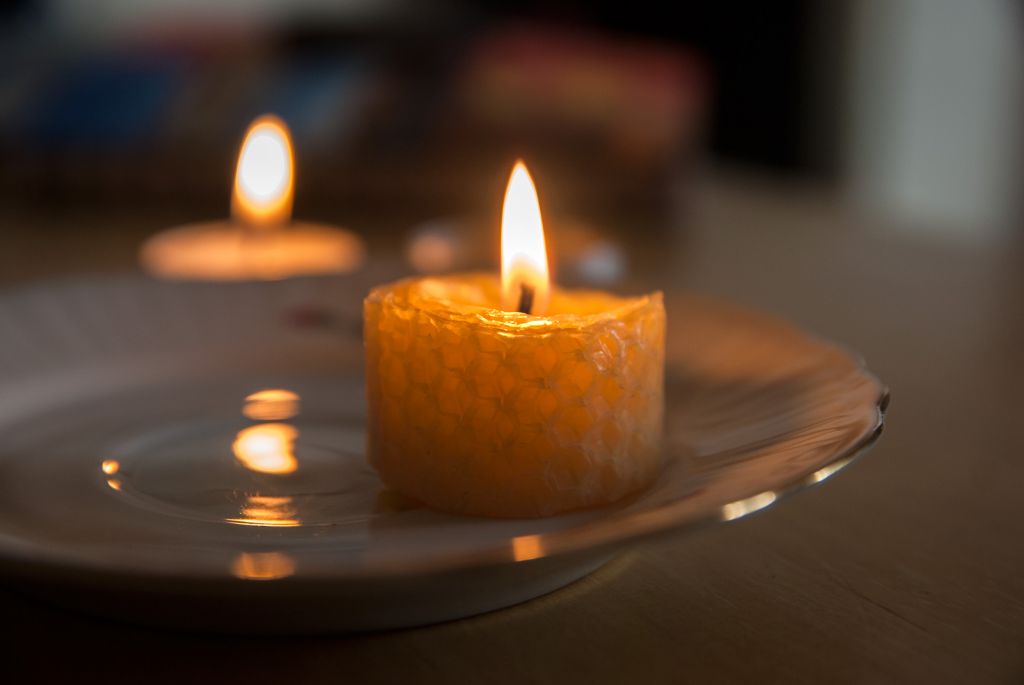
The pros of beeswax candles are that they burn cleanly without producing toxic fumes or soot, and have a lovely honey scent. Beeswax is also renewable and biodegradable. The cons are that beeswax candles can be expensive compared to paraffin or soy, and some people find the natural scent overpowering.
Overall, beeswax is prized for candlemaking because of its high melting point, slow burn, and natural honey aroma. It’s ideal for those seeking non-toxic, long-lasting candles.
Soy
Soy wax is made from hydrogenated soybean oil. It has a lower melting point than paraffin wax, between 115-125°F (46-52°C) according to Homesick.com [1]. The lower melting point means soy candles burn cooler than paraffin, around 120°F. Soy wax is a popular natural alternative to paraffin. It’s made from a renewable resource and is biodegradable [2].
Pros of soy wax:
- Burns cooler than paraffin
- Made from a renewable resource
- Biodegradable and environmentally-friendly
Cons of soy wax:
- Can produce less fragrance throw than paraffin
- May not retain scent as long as paraffin
- Softness can cause issues with stability in free-standing candles
Paraffin
Paraffin wax is a petroleum byproduct made from crude oil refining that has a low melting point. According to sources, the melting point of paraffin wax ranges from 115-142°F (46-61°C) [1][2]. The low melting point makes it easy to work with and allows for beautiful, strong colors that hold well without fading. Paraffin’s low cost and wide availability also make it one of the most commonly used waxes for candle making.
However, paraffin wax comes with some downsides. Since it is a petroleum byproduct, paraffin is not a natural, renewable resource. Burning paraffin candles also releases more soot and smoke compared to other waxes. Some people find the scent of melting paraffin unpleasant. There are also health concerns around toxins that may be released from paraffin combustion. Despite these drawbacks, many candle makers continue to use paraffin for its performance, cost, and versatility [3].
Gel
Gel wax is a type of candle wax that has a transparent, gel-like appearance. It is composed of mineral oil and a polymer resin. Unlike paraffin wax, gel wax has a higher melting point of around 275°F and a flash point of around 440°F (Source 1, Source 2). This means that gel candles can burn at higher temperatures before reaching their flash point, or ignition temperature.
Some key properties of gel wax include:
- Higher melting point allows gel candles to retain their shape in hot environments
- Slow burning and allows for large pillars and detailed designs
- Excellent fragrance retention
- Translucent appearance provides a modern, sleek look
While gel wax has some advantages, potential drawbacks include:
- More expensive than paraffin wax
- Can be more difficult to work with compared to paraffin
- Requires proper wicking to burn cleanly
Overall, the higher melting point and flash point of gel wax allow gel candles to burn at higher temperatures than paraffin candles, while providing benefits like fragrance retention. However, gel wax can be costlier and require more skill to work with effectively.
Palm
Palm wax is made from the fruit of palm trees. According to https://brookotascreations.com/which-temperature-does-candle-wax-melt-complete-list-of-waxes/, palm wax has a melting point of around 180°F (82°C). Some key properties of palm wax include:
- Harder and denser than other waxes like soy and paraffin
- Creates feathering and crystallization effects when cooled slowly
- Holds fragrance oils better than soy wax
Pros of palm wax:
- Good hot and cold scent throw
- Minimal frosting and sweating
- Hard finish that makes for long-lasting candles
Cons of palm wax:
- More expensive than soy and paraffin
- Slower melting point means candles require adequate wax pooling
- Crystallization can cause cosmetic imperfections
Palm wax strikes a nice balance between soy and paraffin in terms of burn properties. Its higher melt point means it burns slower and cleaner than softer waxes. The finish is smooth and glossy when poured at the right temperature. Overall, palm wax makes high-quality candles when used properly.
Coconut
Coconut wax is made from the saturated fatty acids extracted from coconut oil. It has a low melting point between 76-86°F and is typically blended with other waxes like soy and paraffin for candle making (Northern Lights Candle Making 1lb Coconut Wax Blend).
Some key properties of coconut wax include (NatureWax C-6 Coconut/Soy Wax):
- Melt point between 124-130°F
- Recommended pour temperature of 160-200°F
- Burns 10-15% longer than soy wax
Coconut wax burns cooler than paraffin wax, with a wax pool temperature between 100-115°F depending on the blend. It is slower burning and provides a longer burn time. The natural texture also allows for better fragrance adhesion compared to paraffin (Coconut 83 Wax (Natural Coconut Wax))
.
The main advantages of coconut wax are the long burn time, natural feel, and smooth appearance. The drawbacks are the lower melting point which requires heating the wax higher, and the softer texture that may not hold shape as well over time.
Beeswax Blends
Beeswax is often blended with other waxes to modify the properties of the candle. Some popular beeswax blends include:
Beeswax and soy wax: This is a very common blend, with a typical ratio being 60% soy wax to 40% beeswax. According to Mind Your Beeswax, their soy-beeswax candles burn for up to 50 hours. The soy wax helps the candle burn longer, while the beeswax allows it to burn cleaner and brighter (https://www.mindyourbeeswraps.com/pages/soy-wax-candle-faqs).
Beeswax and paraffin wax: This blend combines the natural qualities of beeswax with the cost-effectiveness of paraffin. A typical ratio is 30% beeswax to 70% paraffin. The beeswax helps paraffin burn cleaner and brighter.
Beeswax and coconut wax: This blend marries the aroma of coconut with the clean burn of beeswax. Coconut wax helps make the candle creamier and smoother when it hardens. A 50/50 blend is common.
The melting point of a beeswax blend will vary depending on the ratio of waxes used. Generally, adding beeswax will raise the melting temperature compared to the other wax on its own. Blends allow the properties of beeswax to be modified for specific uses while retaining its natural advantages.
Safety
When burning candles, safety should always be a top priority. This is especially true for low-temperature candles like beeswax and soy, which have lower flash points and are more prone to ignite unintended materials. Here are some tips for safely using low-temp candles:
According to Candles.org, it’s important to burn candles in a well-ventilated room to prevent rapid or uneven burning. Avoid drafts or air currents near the candle, which can disrupt the flame. Proper ventilation helps the candle burn cleanly and minimizes dripping or sooting.
Always keep candles on a stable, heat-resistant surface. Jenkins Restorations recommends keeping them at least 12 inches from anything flammable. Trim wicks to 1/4 inch before lighting to avoid excess smoke or tall flames. Extinguish candles before the last 1/2 inch of wax to prevent heat damage to surfaces.
Never leave burning candles unattended, according to Germania Insurance. It’s safest to blow them out before leaving a room or going to sleep. Consider using timers or smart technology to automatically extinguish candles after a set duration.
Conclusion
In summary, the lowest burning candles are typically 100% beeswax candles. Beeswax has a lower melting point than other waxes, meaning it emits heat at lower temperatures when burning. 100% beeswax candles are the best option for safety and low heat emission.
If looking for other lower temperature options, soy wax or beeswax blended candles can work. Soy wax burns cooler than paraffin, though not as low as pure beeswax. Blends around 51% beeswax and 49% soy or other waxes can provide a nice balance of low temperature and better burn time compared to pure beeswax.
For optimal safety and lowest heat emission, 100% beeswax candles are the top recommendation. Make sure to usecaution with any open flame, keep wicks trimmed, and avoid drafts for best results. Properly wicked beeswax candles in low draft environments will provide the cleanest burn and lowest temperatures.


